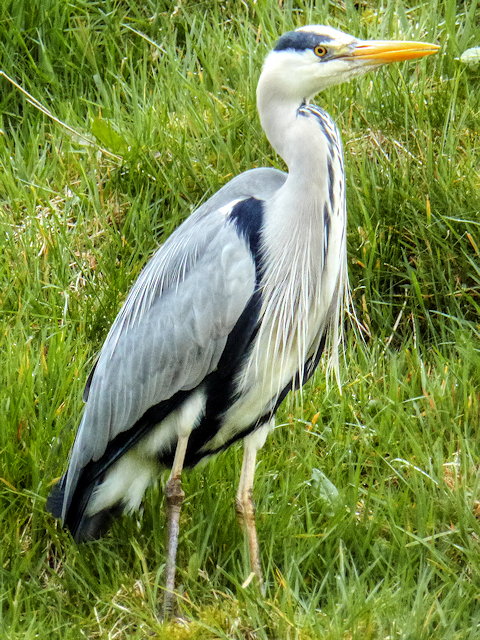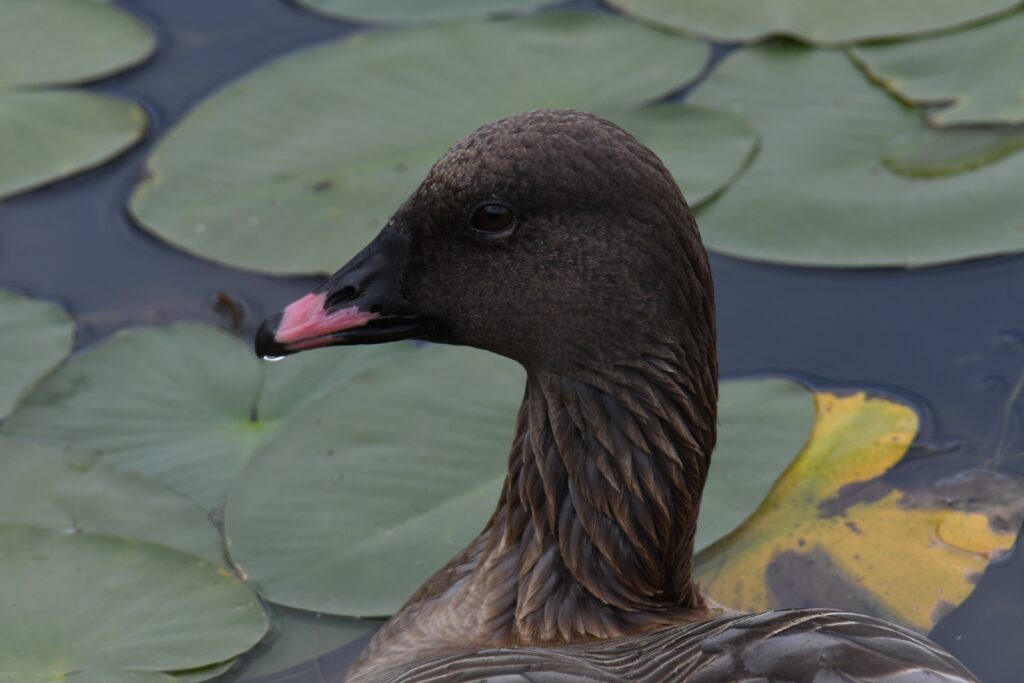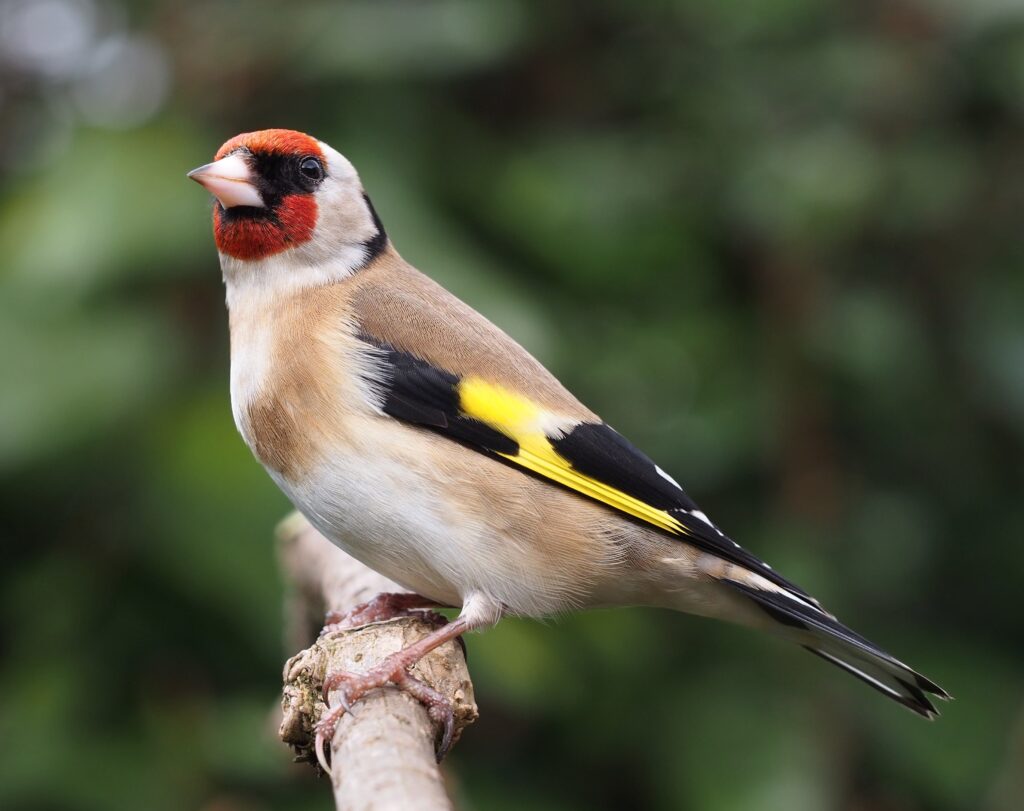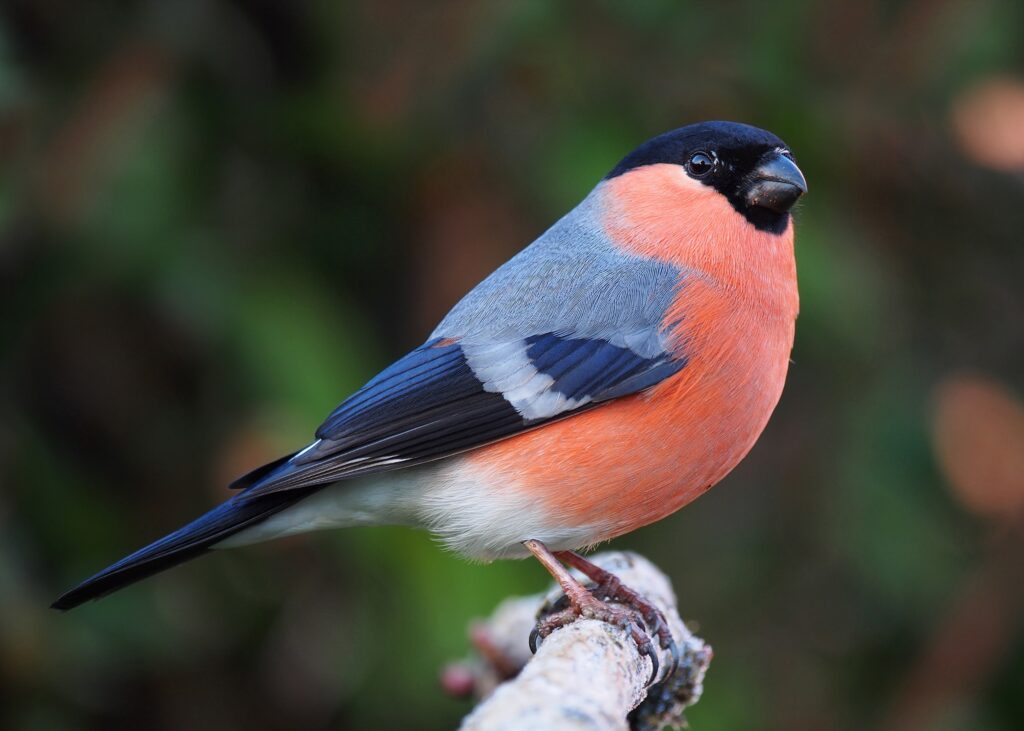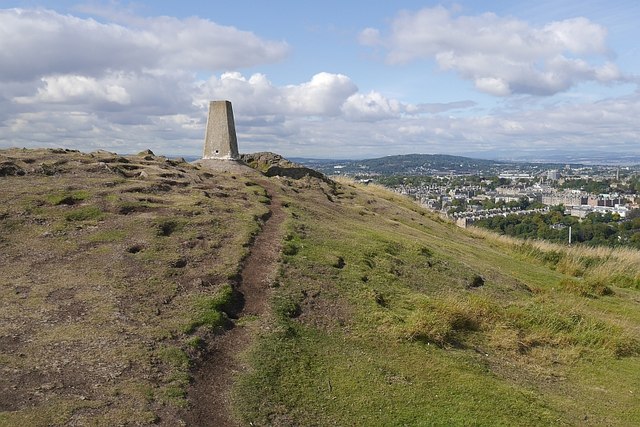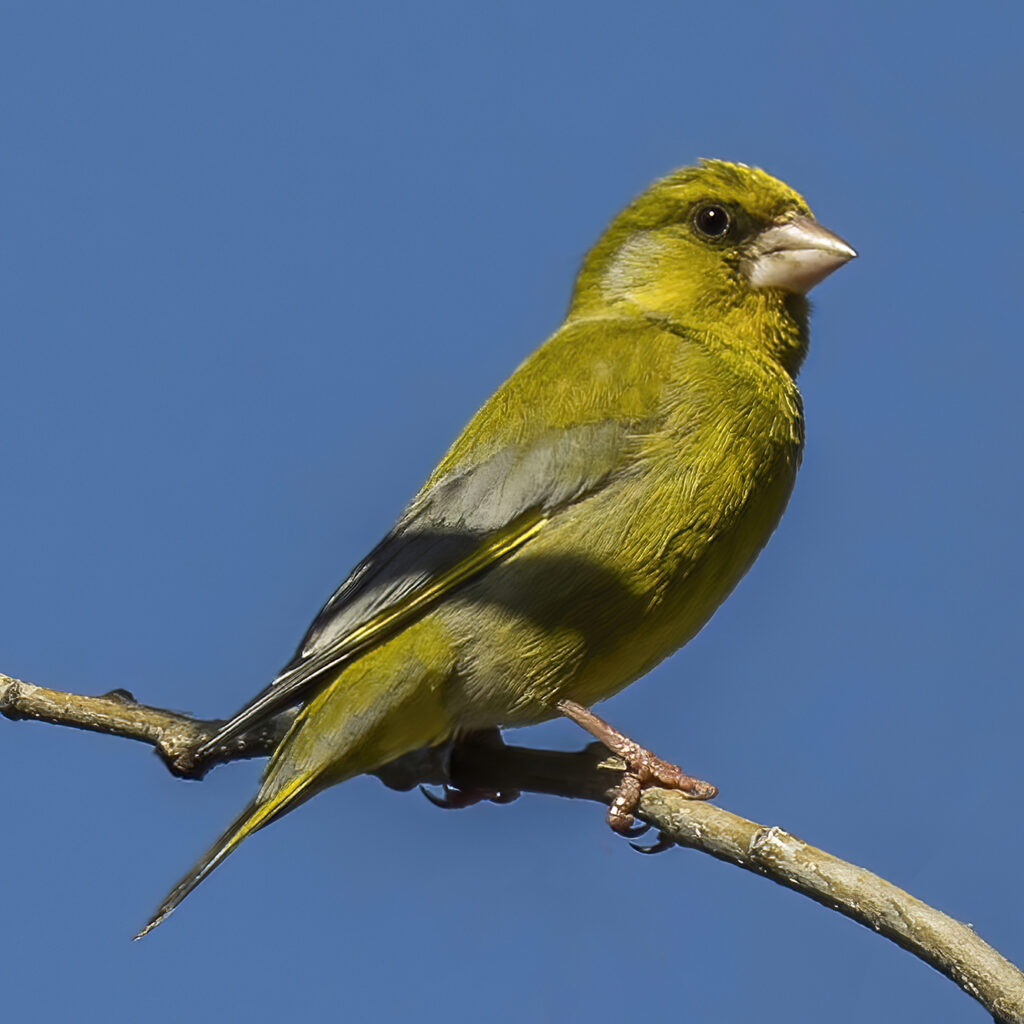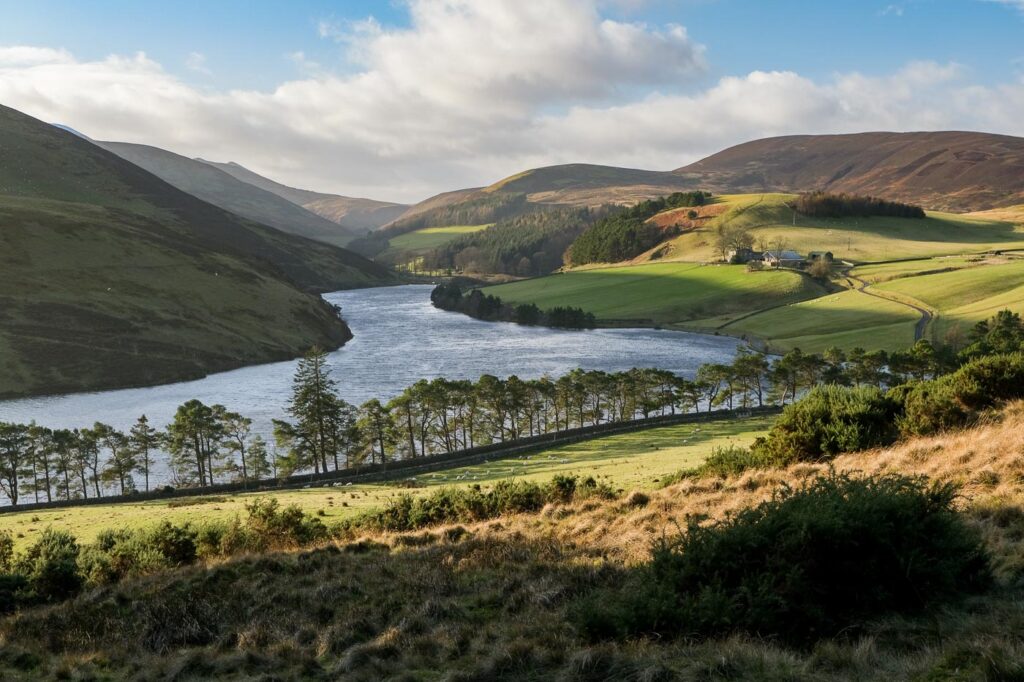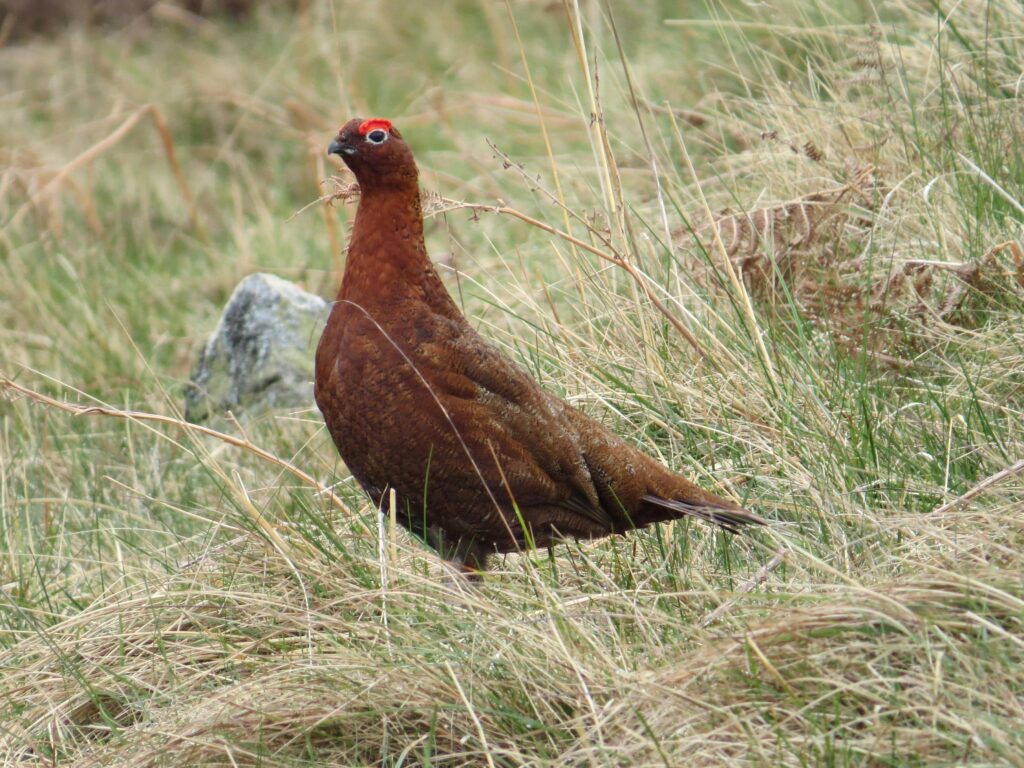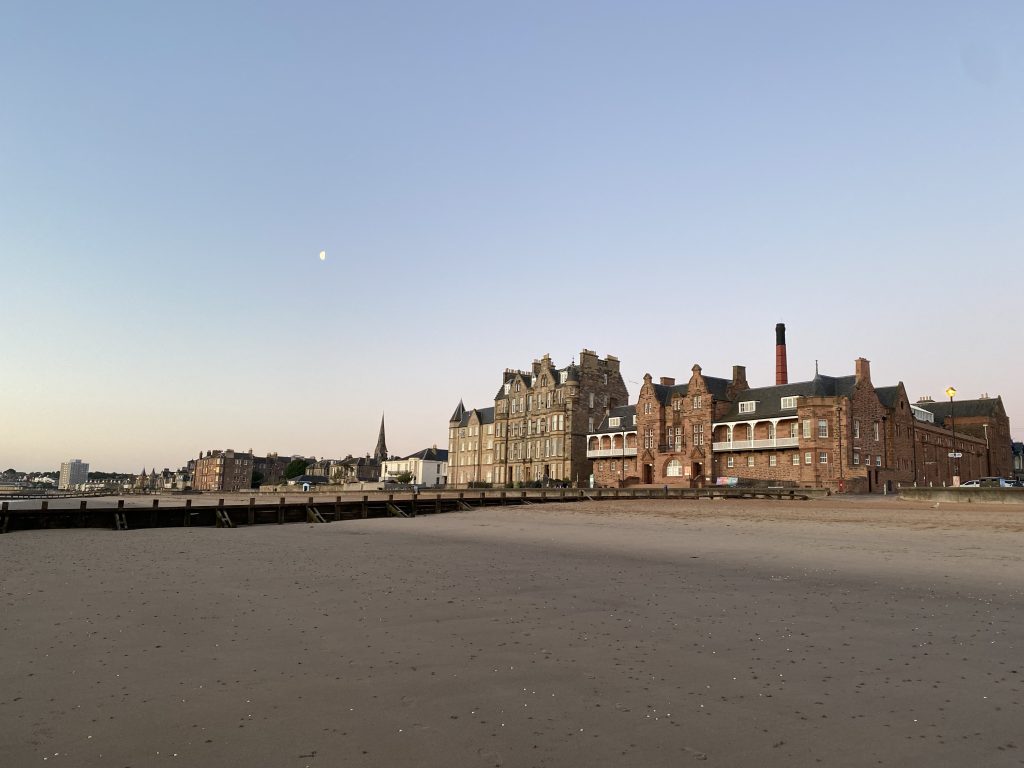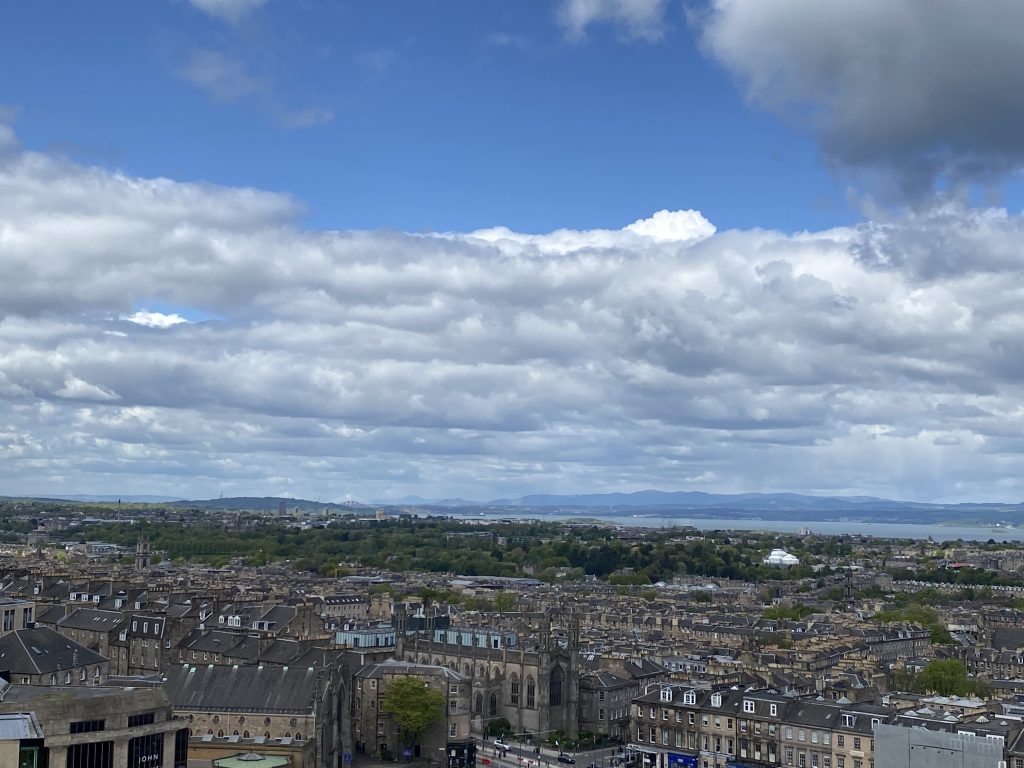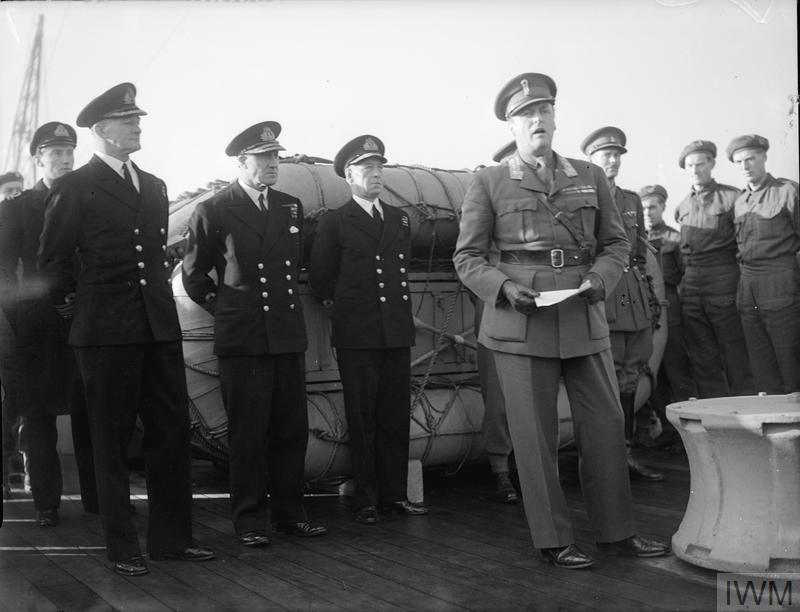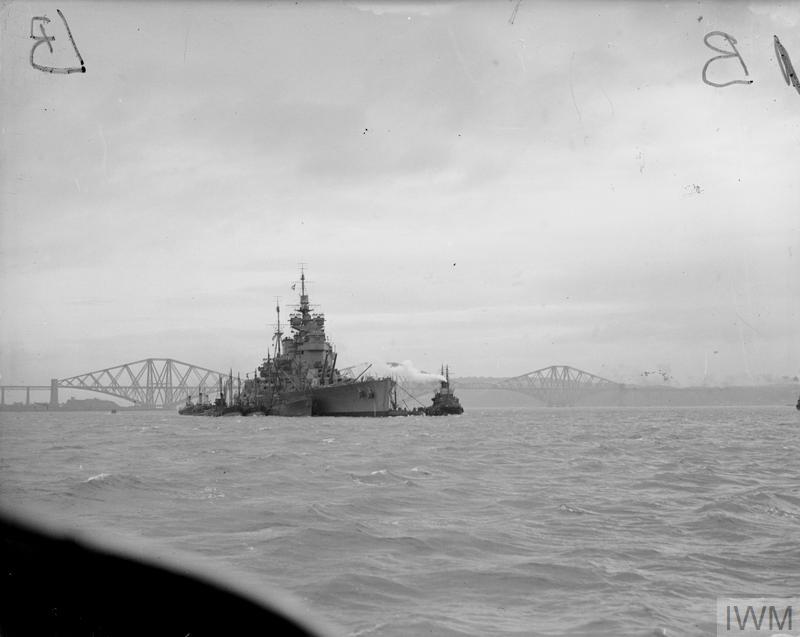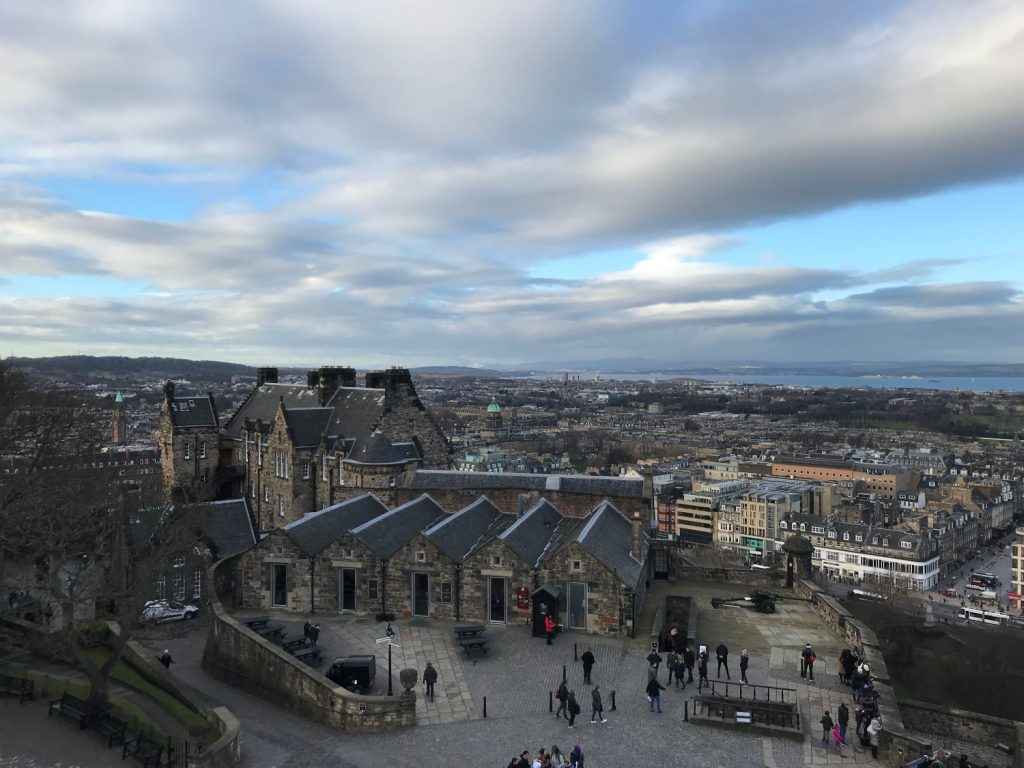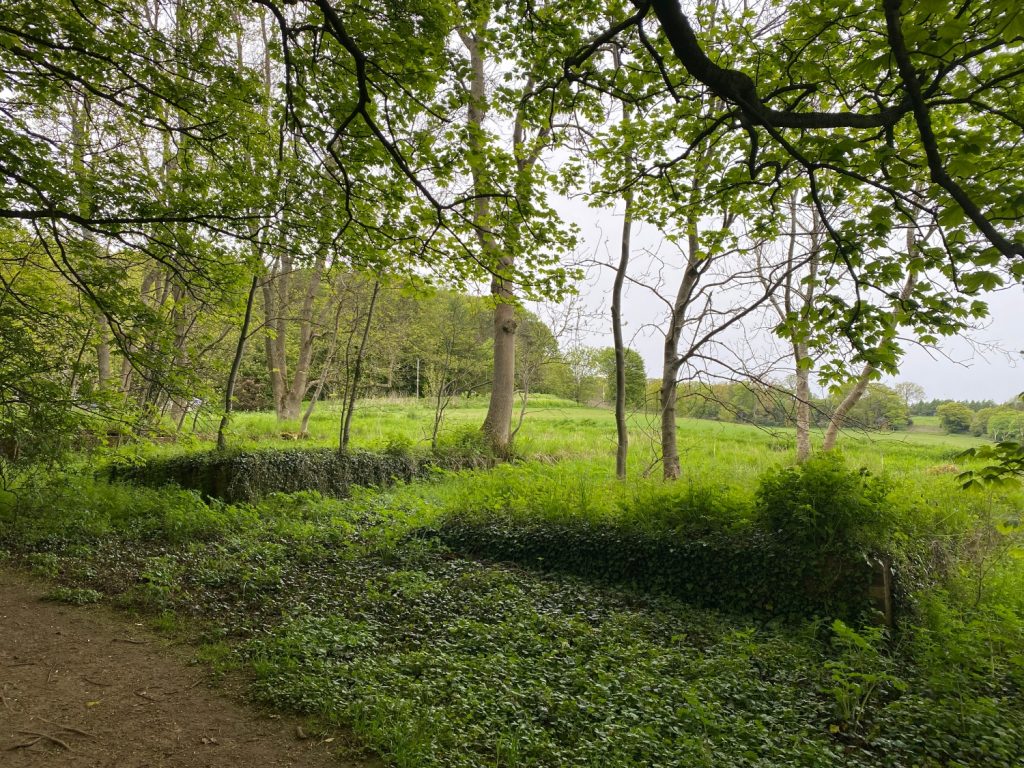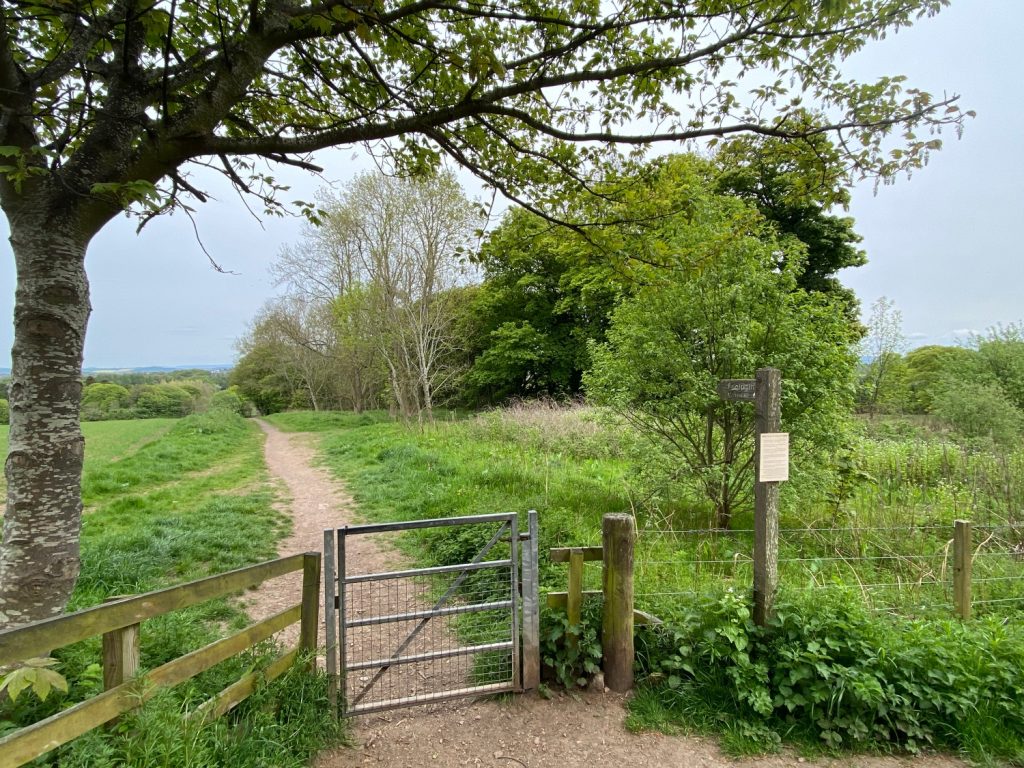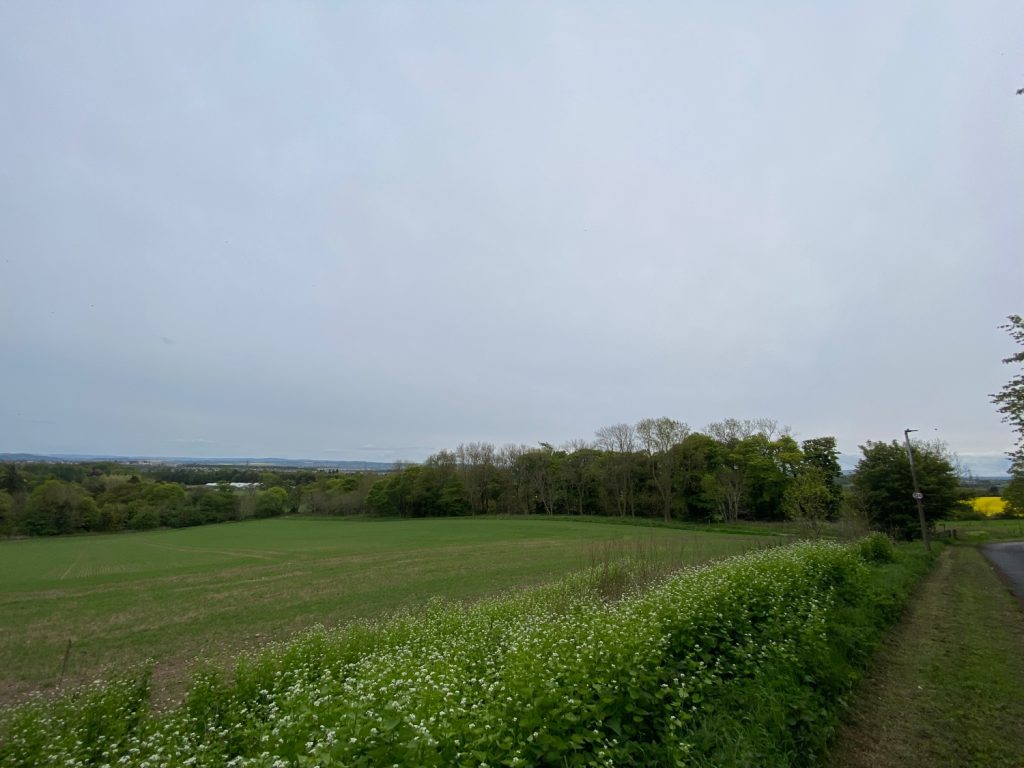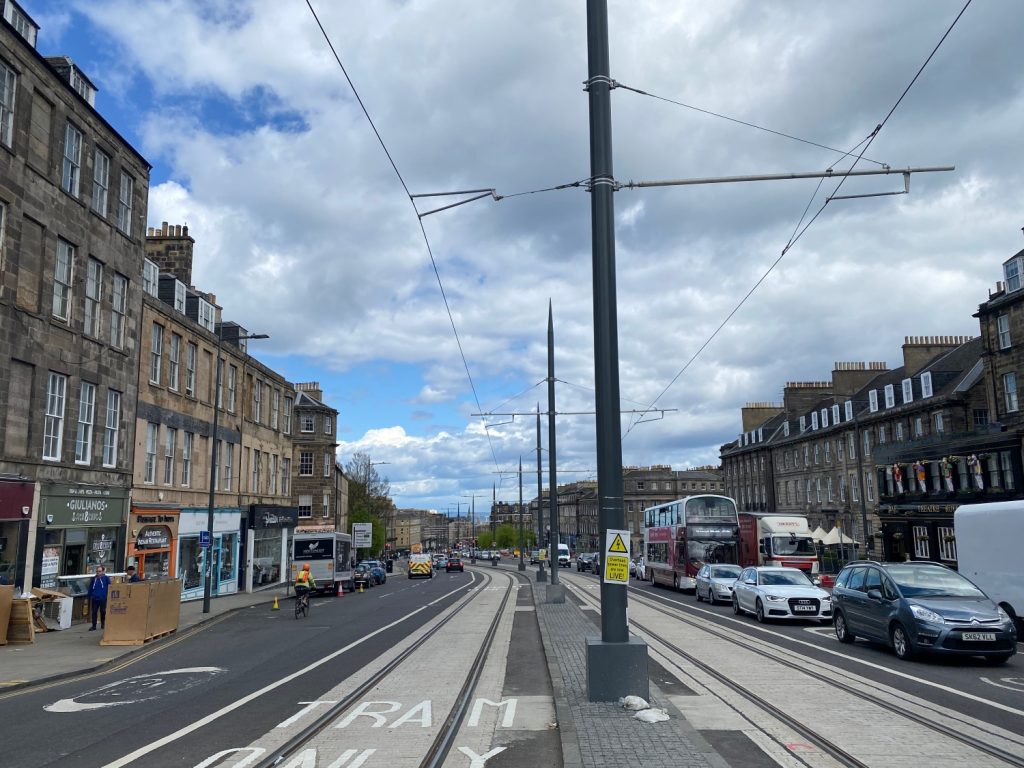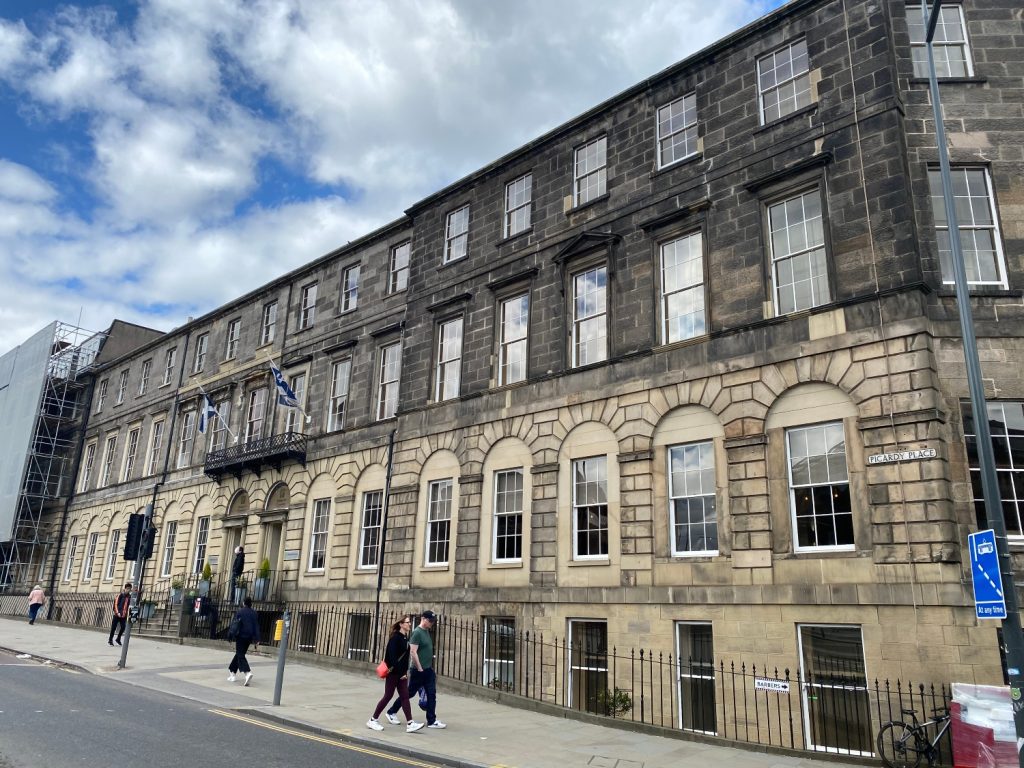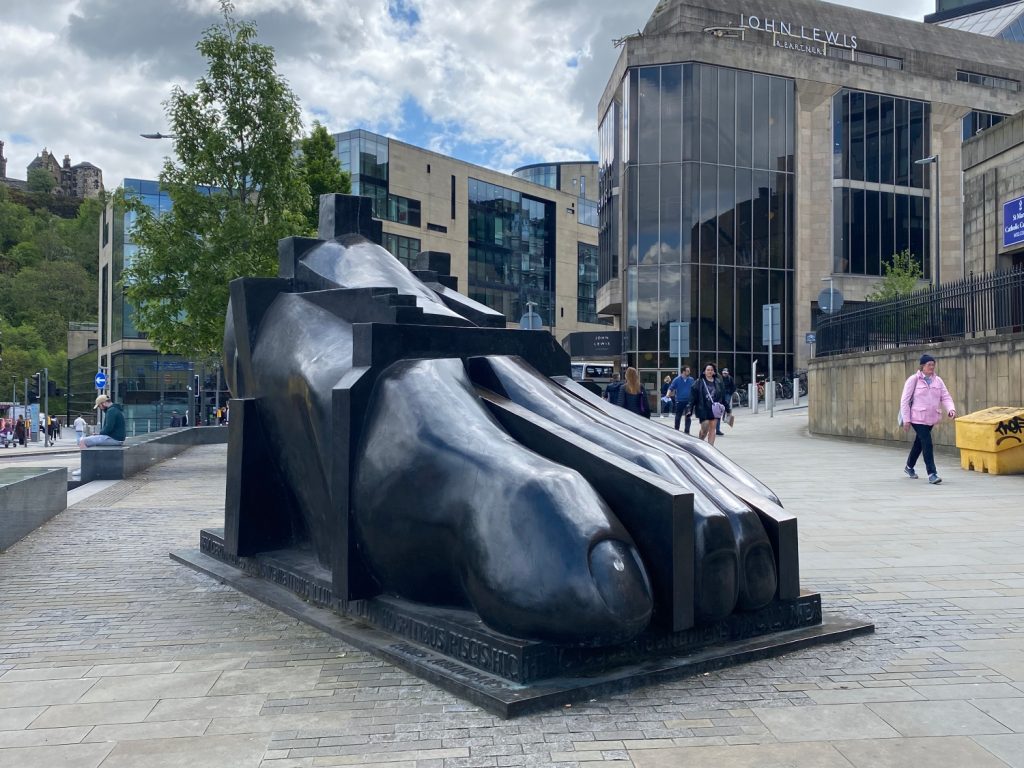Chambers St, Edinburgh EH1 1JF
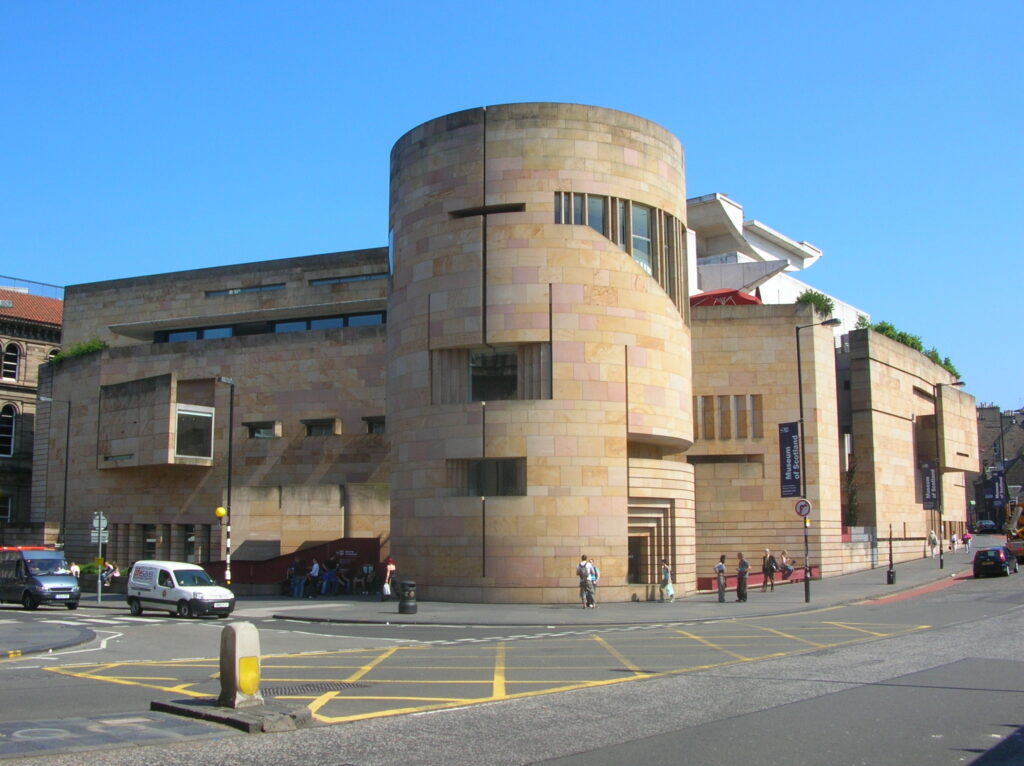
Wikimedia Commons
The National Museum of Scotland hosts a collection of birds donated by two of Scotland’s pioneering ornithologists, Evelyn V. Baxter (1879-1959) and Leonora J. Rintoul (1878-1953). Many birds in the collection come from research and observations around Edinburgh and the Fife coast, with some sites located within this tour such as the Isle of May. Collecting bird specimens was essential in the mid-18th to mid-20th to advance knowledge on avian diversity and differentiate one species of bird from another. Today the collection of around 1,200 bird skins donated to the museum by Baxter and Rintoul is still used for comparative studies.
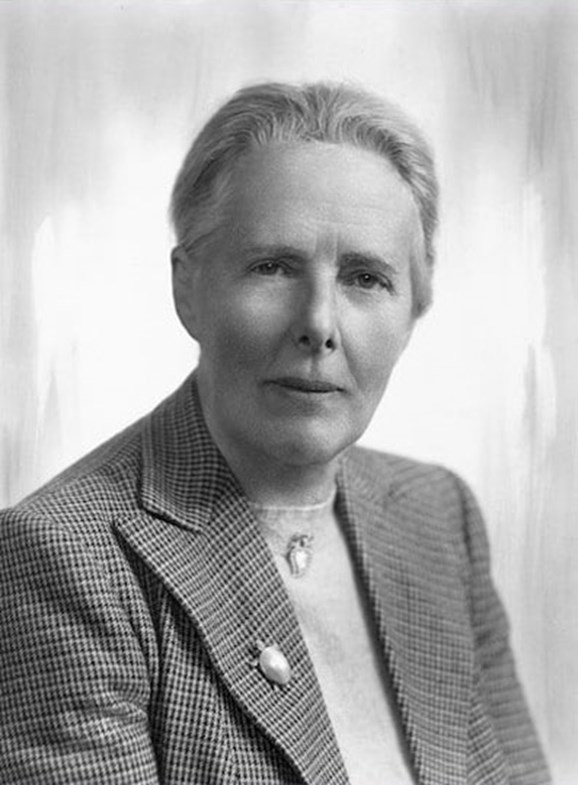
©Scottish Orinthologists’ Club, National Museum of Scotland
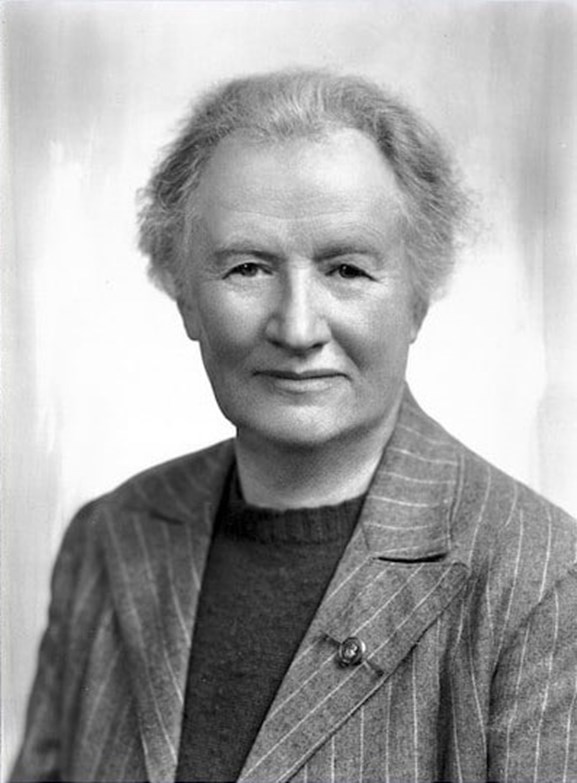
©Scottish Orinthologists’ Club, National Museum of Scotland
The two ornithologists are considered pioneers in Scotland as they were honorary members of the British Ornithological Union (BOU), founding members of the Scottish Ornithologists’ Club in 1948, novel researchers on the migration of birds, and publishers of a book still considered today as a reference: The Birds of Scotland, their History, Distribution and Migration (1953).
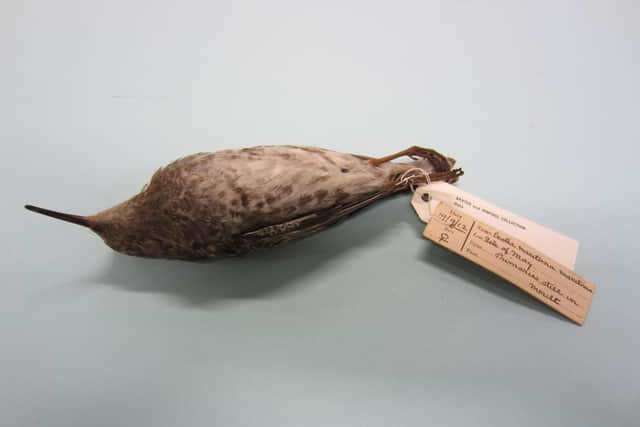
©National Museum of Scotland
Sources:
National Museum of Scotland Website; The Scottish Ornithologists’ Club Website; Scottish Seabird Centre (‘Celebrating Women in Science’)
Additional Links:


